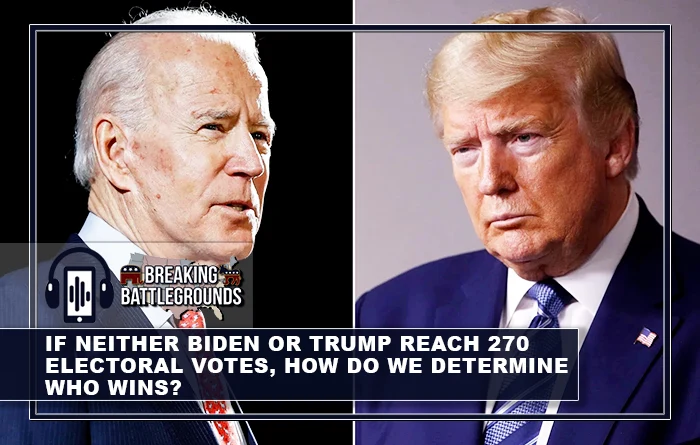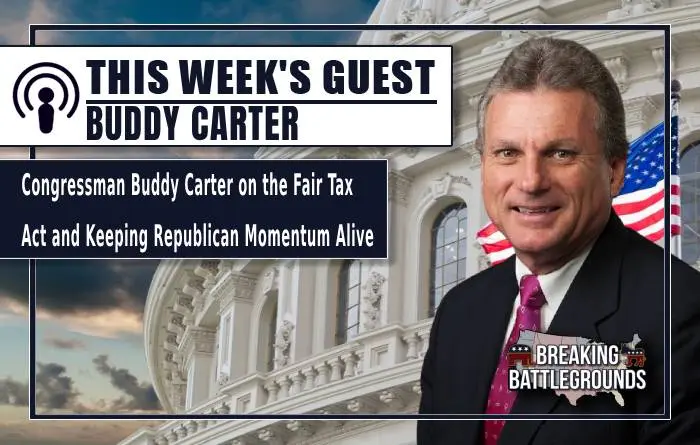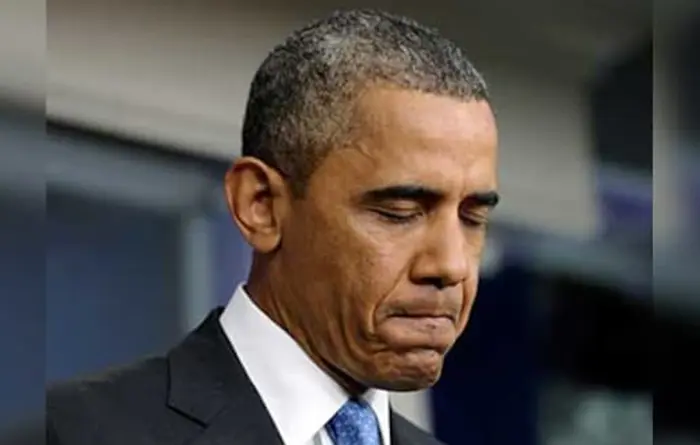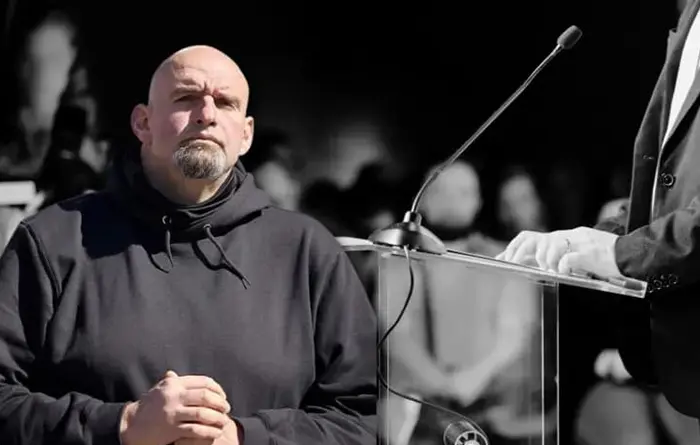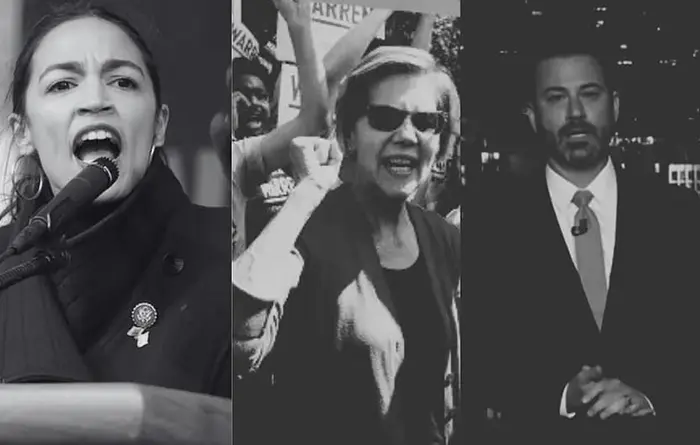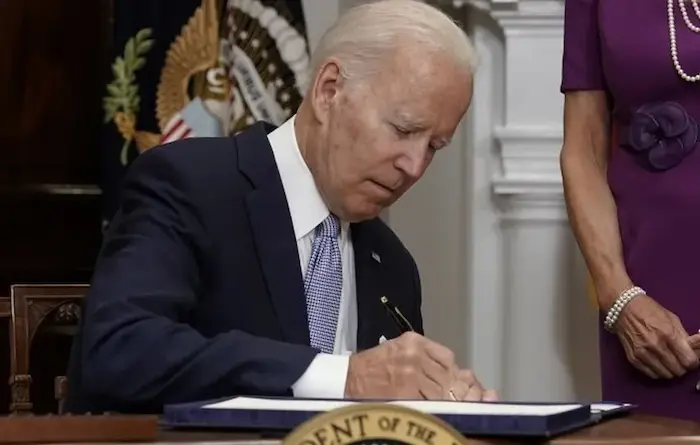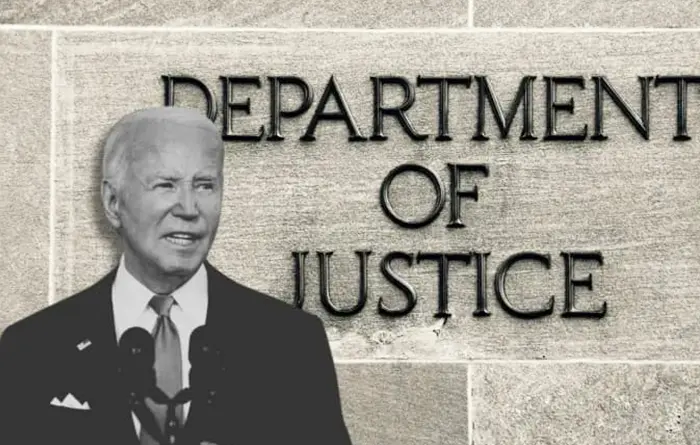Every four years, on January 6, the Electoral College casts its votes in a largely symbolic act. Whoever gets 270 votes out of the 538 total wins. There has never been an electoral college tie, however, as the margins of victory get narrower race after race, this possibility is becoming likelier.
The count to 538 is achieved by giving each state one vote per House member and two for its senators. The District of Columbia gets three votes, too.
But it is possible that no candidate reaches the majority. Even though there has never been a tie, in 1824, no candidate received a majority in a four-way race. And the mechanism to resolve the deadlock in case of a tie is the same as the one used in 1824.
In this scenario, there will be two separate elections in Congress. The House will elect the president, and the Senate will elect the vice president. As a result, it is possible to end up with a president and a vice president from different parties.
The vice-presidential election is straightforward. Each senator casts a vote for a candidate. Whoever gets the majority will become the vice president. If there is a tie, the sitting vice president will break it. In this case, Vice President Kamala Harris will presumably vote for herself.
The presidential vote is a bit complicated. Individual members do not get to vote. Instead, each state gets one vote, regardless of its size. The House delegation will meet to decide on a candidate. Often, commentators rush to mention that Republicans control a majority of the states—there are more than 25 states whose House delegations are majority Republican—so the Republican nominee will win. This is false because the next Congress will decide the vote, not the current one. So, if Democrats do exceptionally well in the midterms, theoretically, this balance could flip in their favor.
Some states may face further complications if they end up with an equal number of representatives from each party. For example, North Carolina’s current composition includes seven representatives from each party. If a state fails to agree on a candidate by the time the votes are cast, it will not be allowed to vote.
The second complication is the potential for a tie in the House. The House vote for president may end up being 25 for each candidate. Or even 24 if two states fail to vote before the deadline.
This brings us to the last complication. The deadline for a vote was originally March 4 as mentioned in the Constitution, which was also the inauguration date when the Constitution was written. The Twentieth Amendment moved the inauguration date to January 20, but it does not mention this process. Whether the Twentieth Amendment also moved the deadline for Congress to elect the president and vice president is an unresolved and untested legal issue that the Supreme Court will have to resolve. If the House fails to elect a president by the deadline—January 20 or March 4—then, the vice president-elect will serve as the acting president until the House elects someone.
In their great wisdom, the authors of the Constitution had thought of every possibility. But even they could not find a way to prevent us from tearing ourselves apart. The 1824 race nearly broke the nation. Despite Andrew Jackson winning more votes, the House elected John Quincy Adams after behind-the-door deals made in Congress, which came to be known as the corrupt bargain. This left Jackson bitter, and he and his supporters spent the next four years delegitimizing the election and the president. If nobody wins 270 electoral votes this November, we will nonetheless end up with a new president in January as the Founding Fathers intended. But whether we will accept that result and move on or attack our fellow countrymen is something they left to us to decide.
Note: the opinions expressed herein are those of Chuck Warren only and not his co-host Sam Stone or Breaking Battlegrounds’ staff.

